Alright, let’s take a journey into the murky depths of early internet history, a time when the web was still wild, and the rules of engagement were being written on the fly. We're talking about "The Great ASCII Art Wars" of the late 1990s—a battle fought not with swords or guns, but with keyboards and creativity.
The Battlefield: Usenet
To understand this story, we need to go back to a time before Reddit, Twitter, or even MySpace. Usenet was the place where the internet’s early denizens gathered to share information, debate politics, and, importantly for our story, create and share ASCII art.
ASCII art, for the uninitiated, is a graphic design technique that uses printable characters from the ASCII standard to create images. It’s like pixel art but with text characters. This was the medium of choice for internet artists before images could be easily embedded in online discussions.
Usenet was organized into newsgroups, each dedicated to a specific topic. Among these, alt.ascii-art was a bustling hub where artists showcased their latest masterpieces, collaborated on projects, and, occasionally, engaged in heated debates about the proper use of spaces and characters.
The Spark: A Simple Smiley
In 1998, a user by the name of Joan Stark—who was already something of a legend in the ASCII art community—posted a new design. It was a simple smiley face, nothing revolutionary, but it sparked a discussion that quickly escalated into something far more intense.
The debate began over whether the smiley was too simplistic to be considered true ASCII art. Some argued that ASCII art should be about pushing the boundaries of what could be done with text, while others felt that the beauty of the medium lay in its simplicity. This seemingly trivial debate ignited long-standing tensions within the community.
The War Begins: Trolls vs. Artists
The discussion caught the attention of trolls, users who took pleasure in disrupting online communities. They flooded alt.ascii-art with poorly done ASCII art and off-topic posts, mocking the community’s dedication to what they saw as an outdated and trivial form of art.
In response, the core members of alt.ascii-art began organizing what they called "art raids" on other newsgroups, posting high-quality ASCII art in places where it wasn’t necessarily appreciated. This was partly an attempt to show the trolls that ASCII art had value, but it also served as a way to blow off steam.
The trolls retaliated by creating crude, often offensive ASCII art and spamming it across Usenet. The conflict escalated as both sides became more entrenched, with each group trying to outdo the other in a kind of digital arms race.
The Rise of the “ASCII Avengers”
As the conflict grew, a group of elite ASCII artists banded together under the banner of the ASCII Avengers. Their goal was to protect the integrity of ASCII art and defend alt.ascii-art from trolls. They developed intricate ASCII signatures and logos, which they began placing at the end of their posts as a way to mark their territory and show solidarity.
The ASCII Avengers organized their efforts with military precision. They created scripts to flood troll posts with counter-art, drowning out the offensive content with massive waves of high-quality ASCII. Some members even started creating ASCII "weapons," like detailed swords and shields, which they would "use" in their posts to symbolically fight back against the trolls.
The Turning Point: Operation Clean Sweep
In late 1999, the ASCII Avengers launched what would become their most famous campaign: Operation Clean Sweep. The plan was simple but ambitious: flood Usenet with so much high-quality ASCII art that it would effectively drown out the trolls. Over the course of several weeks, they coordinated mass postings, with hundreds of artists contributing their work.
The operation was a massive success. Not only did it push most of the trolls out of alt.ascii-art, but it also brought new attention to the art form. News of the ASCII Avengers' campaign spread beyond Usenet, with websites dedicated to archiving the best ASCII art popping up all over the early web.
The Aftermath: The Legacy of the Wars
By the early 2000s, the ASCII Art Wars had largely died down. The rise of more sophisticated graphics and the decline of Usenet as a central hub for internet culture meant that ASCII art never returned to its former glory. However, the war left a lasting legacy.
Many of the ASCII Avengers went on to become influential figures in the early days of web design and digital art. Joan Stark, the artist who inadvertently sparked the conflict, continued to create and share her work for years, becoming a respected figure in the digital art community.
Today, ASCII art is mostly a niche interest, but it remains a fascinating reminder of a time when the internet was still finding its feet. The ASCII Art Wars showed that even in the digital age, art could be a powerful force—and that creativity would always find a way to thrive, even in the face of adversity.
And so, the Great ASCII Art Wars of the late '90s, fought with keyboards and pixels, became one of the many strange and wonderful stories that shaped the early internet.

